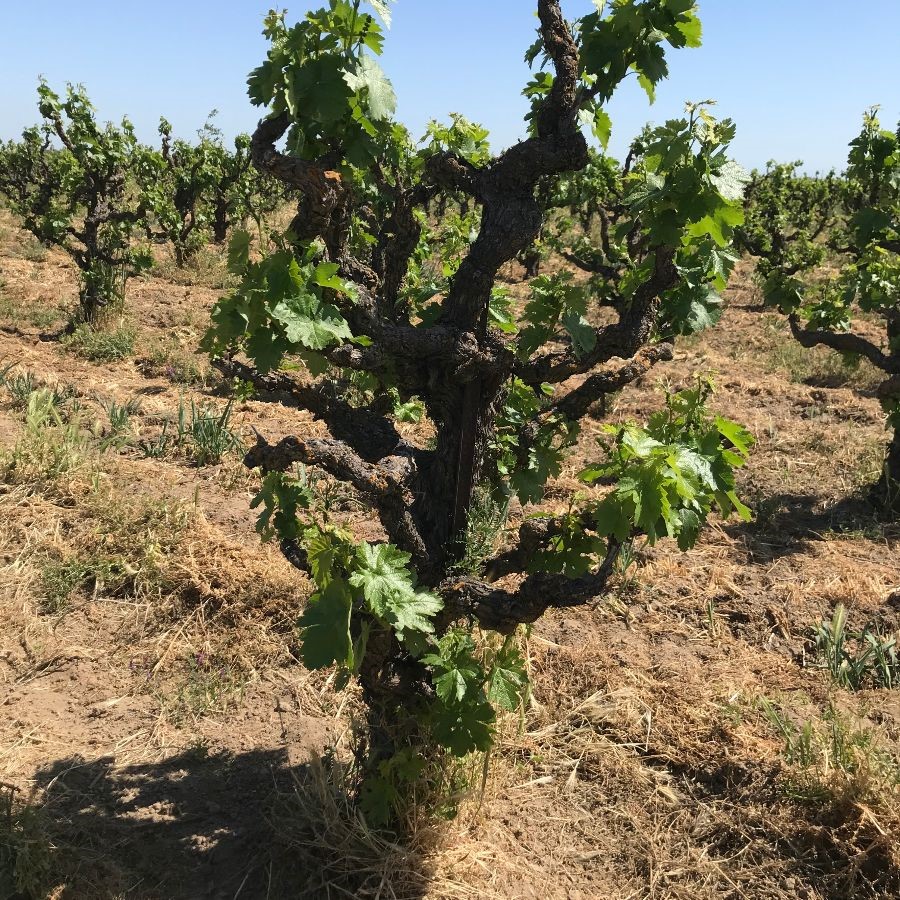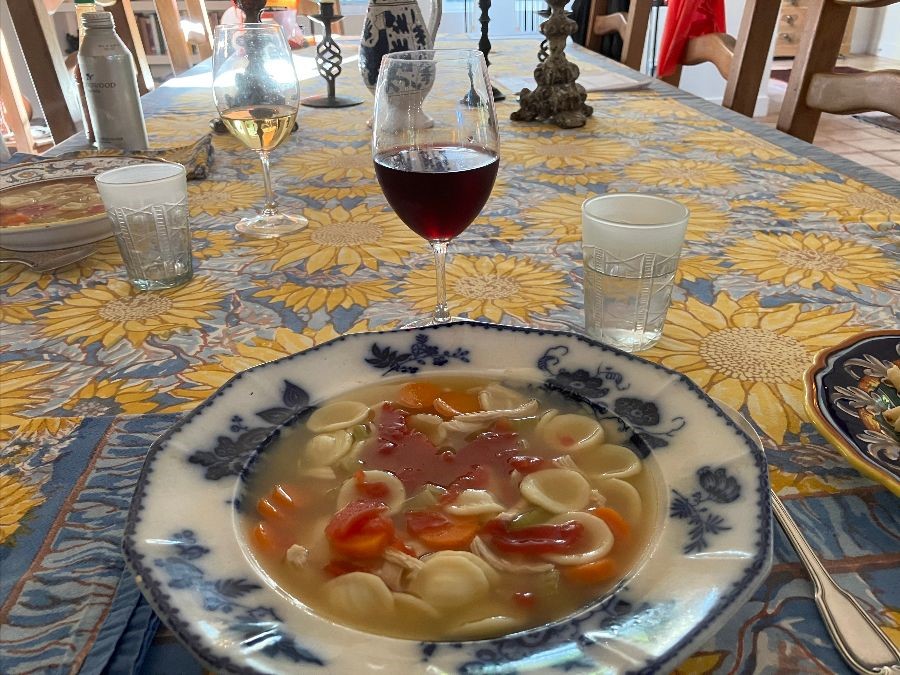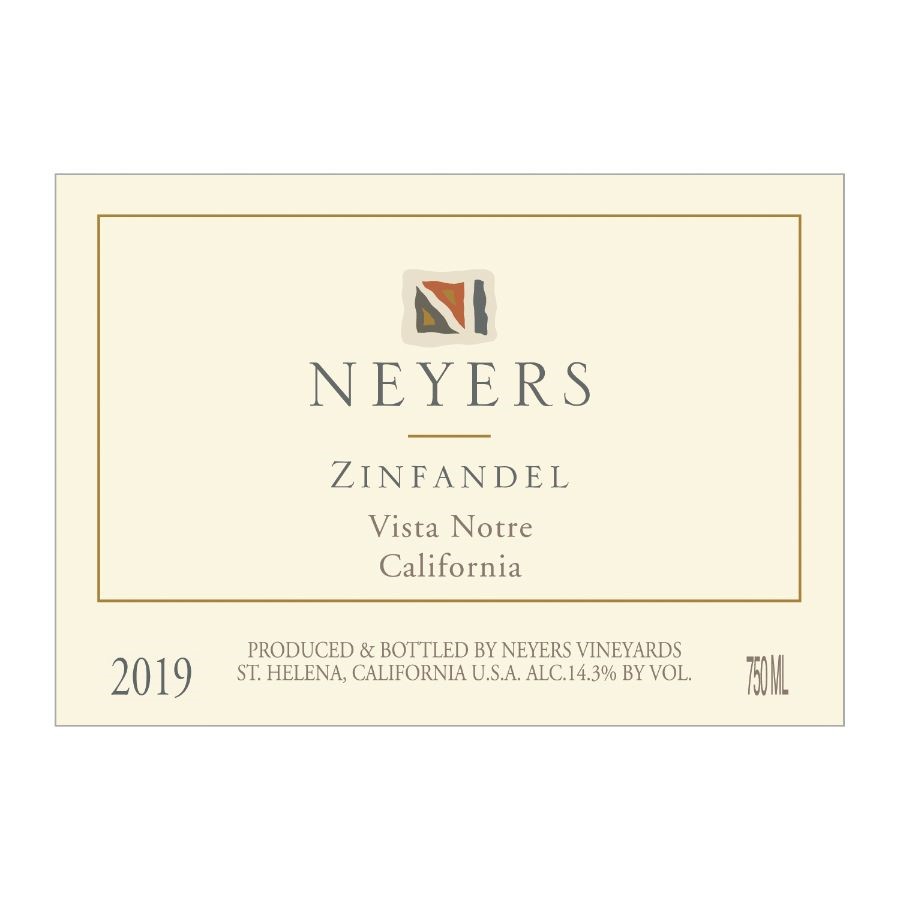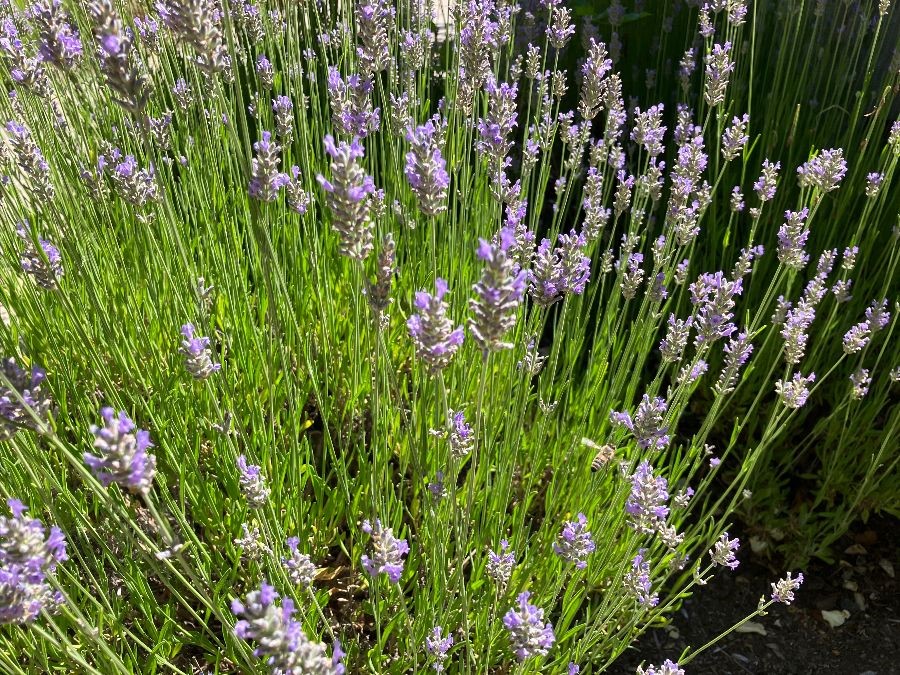Neyers Vineyards Bruce's Journal
The Education of a Zinfandel Lover
By Bruce Neyers
Wednesday 16th August, 2023
“This wine is singing right now, so we’ll spread the music.” – Warren Shon
In the early 1970’s, Barbara and I moved to San Francisco, and we discovered wine. At the Presidio, I met someone who had worked as a wine merchant, and he spent hours teaching me about wine. I soon got to know his former boss, and was offered a job at the wine shop when I was discharged.
We sold a lot of California Zinfandel then, and I grew to love it, both for its approachability and its versatility. Zinfandel, it seemed, improved any food. Later though, winemakers began to produce intense, dark Zinfandel with high alcohol levels. These wines overwhelmed food and were not easy to drink alone. I missed the original Zinfandel I had known, so at the start of Neyers Vineyards, we made Zinfandel with lower alcohol levels. We searched out vineyards planted to non-clonal selections specifically looking for vines with small clusters. Most Zinfandel vines develop clusters the size of a football. In order for the grapes at the top of the cluster to ripen, those at the bottom become overripe. Small cluster Zinfandel, I learned, ripens evenly.
We found the vines we sought in the Sierra foothills east of Lodi, and soon, we were producing wines with less than 14% alcohol. The wines were food compatible and loaded with flavor. We named our version of Zinfandel ‘Vista Notre’. The grapes come from three vineyards in the area. The rugged hillsides are ideal for Zinfandel that is both rich and flavorful, but low in alcohol, making it approachable and pleasant in its youth. As Randy Caparoso observes:
“The 2019 Neyers Vineyards Vista Notre Zinfandel is a quintessential Lodi Zinfandel. Aromatically, it is brimming with bright, fragrant, red berry/cherry fruit, while also bristling with black peppercorn spice. On the palate, it is firm with moderate tannin and zesty with notable acidity, and comes across as moderately full-bodied. There are French oak flourishes in the backdrop, but these are subtle, almost fleeting to the senses.”
The recipe is below.
Chicken Noodle Soup with Fresh Corn Kernels
Serves 6
Ingredients
- 3 cooked boneless, skinless chicken breasts shredded into bite-size pieces
- 3 tablespoons extra virgin olive oil
- 2 stalks celery, washed and sliced in ¼-inch pieces
- 2 medium carrots, peeled and sliced in ¼-inch pieces
- 1 medium white onion minced
- 4 ears fresh corn on the cob, husked
- 8 cups chicken broth
- 6 ounces egg noodles cut into 4-inch pieces
- Diamond Crystal Kosher salt and fresh ground black pepper
Preparation
- Remove the corn from the cob by holding the cob upright and slicing down along the cob.
- Set the kernels of corn aside.
- In 3 tablespoons of olive oil, lightly sauté the minced onion until clear in color.
- Add the celery and carrots and sauté with the onion until they are partly cooked but still crisp.
- Combine the chicken broth and egg noodles with the celery, carrots, and onion.
- Cook the soup until the noodles are soft. The carrots and celery should soften while the noodles cook.
- Add the fresh kernels of corn and chicken.
- Heat the soup to warm the chicken and corn.
- Season to taste with Diamond Crystal Kosher salt and fresh ground black pepper.


Barbara’s homemade chicken noodle soup is a favorite of mine with Zinfandel. A bowl of it is a complete meal, and even on a warm summer day it’s refreshingly light. This time of year I leave out the hot sauce.

Neyers Vineyards Zinfandel label

A few years ago, Barbara planted 25 English Lavender plants around the entrance to our house on Conn Valley Road. The plants are beautifully colored, with an aroma that stops you in your tracks. The local honeybees enjoy them too, and some mornings there may be several hundred of them, buzzing around, collecting pollen, and bringing us just a bit closer to nature. If you look carefully, you can see one busily at work in the bottom right quadrant.


